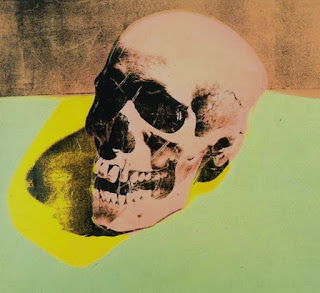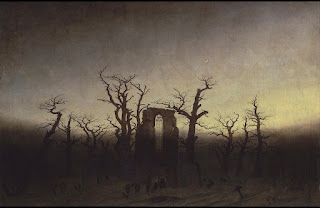Classical blog
During the Classical Era, there were two popular style of art: Rococo and Neoclassical. There was a distinct divide in artistic interpretations and depictions during the Classical era. The Rococo style was a late 18th century art movement that followed the Baroque period. It was characterized by an incredible amount of ornate elaboration, pastel, pinky and gold coloring, lacy elements applied to clothing or structures, and a tendency to depict romantic, sexual, and dreamy situations. Many in support of Neoclassicism from this era viewed the content and message behind many Rococo pieces to be immoral and frowned upon- this perspective served as a catalyst for the Neoclassical era art. Neoclassical art was arguably a “jab” back at Rococo style art. Those in support of Neoclassicism generally viewed that “art should be cerebral, not sensual” (Gersh-Nesic, 2014). In response, Neoclassical art was smooth, rational, and clean, often laden with serious subject matter. Ethical concerns surrounding Rococo style art were not the only influences responsible for the transition to Neoclassical. These two styles of art have two different outlooks on morality.
 |
| “Oath of the Horatii by Jacques-Louis David” |
 |
| “Cornelia Presenting Her Children as Her Treasures by Angelica Kauffman” |
The last art piece is called “ Cornelia Presenting Her Children as Her Treasures” by Angelica Kauffman in 1785. Cornelia is seen showing her three children as her treasures, while the other woman is showing jewelry. Cornelia did an amazing job with her color scheme in the painting. Her choosing to paint the mother in white helps portray her morals and comes across as angelic, whereas, the other woman is in red. The moral behind this painting is that family is the most important thing. While I can appreciate that beauty behind the painting, I’m not a big fan of it and wouldn’t want to own it.
“Benjamin West, the Death of General Wolfe (Article).” Khan Academy, Khan Academy, www.khanacademy.org/humanities/art-americas/british-colonies/colonial-period/a/benjamin-wests-the-death-of-general-wolfe. Accessed 19 Mar. 2024.




I enjoyed reading about your picks for morality and family. During this time, children were to be seen and not heard. Kauffmann’s painting “Cornelia Presenting Her Children as Her Treasures” is a treasure indeed. Not only was it unheard of for a woman to have a profession outside the home and an education, but Kauffmann had so many paintings to choose from. This one has many important messages that have been portrayed. The visitor is confused that the jewelry box isn’t her prized possession. Meanwhile, she is showing her children the importance of family and not worldly possessions. Today we women can have both a career and a family, yet the two are hard to balance. It can be done, making way for our children’s future. I agree there were so many sacrifices made during the Classical Era and many wars fought. Benjamin West’s painting, “The Death of General Wolfe” was an excellent choice to show how many sides there were during the French and Indian War. What catches my eye is Gen. Wolfe is dying in a Christ-like position as a blue coat is attending to his wound while a Native American is watching. I read West said, “The same truth that guides the pen of the historian should govern the pencil [paintbrush] of the artist.” When suggested to paint the soldiers in togas. https://smarthistory.org/benjamin-wests-the-death-of-general-wolfe/
ReplyDelete